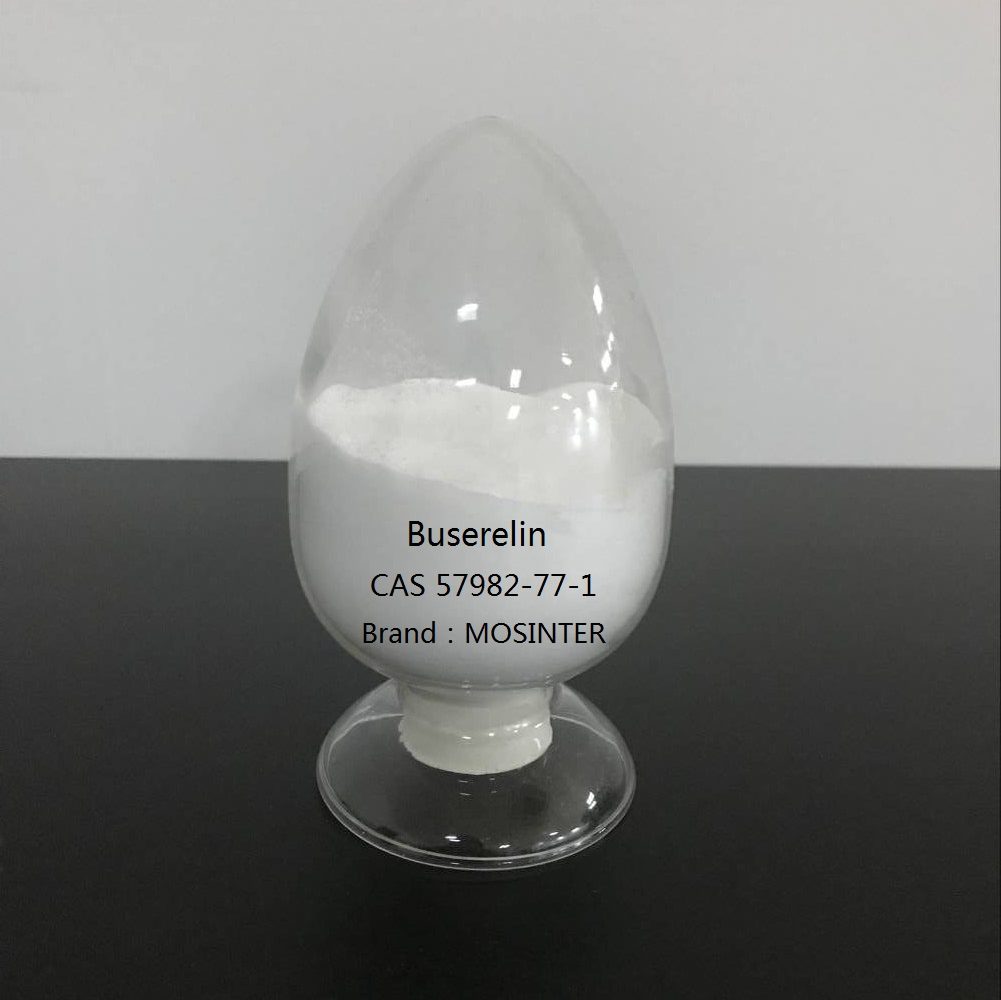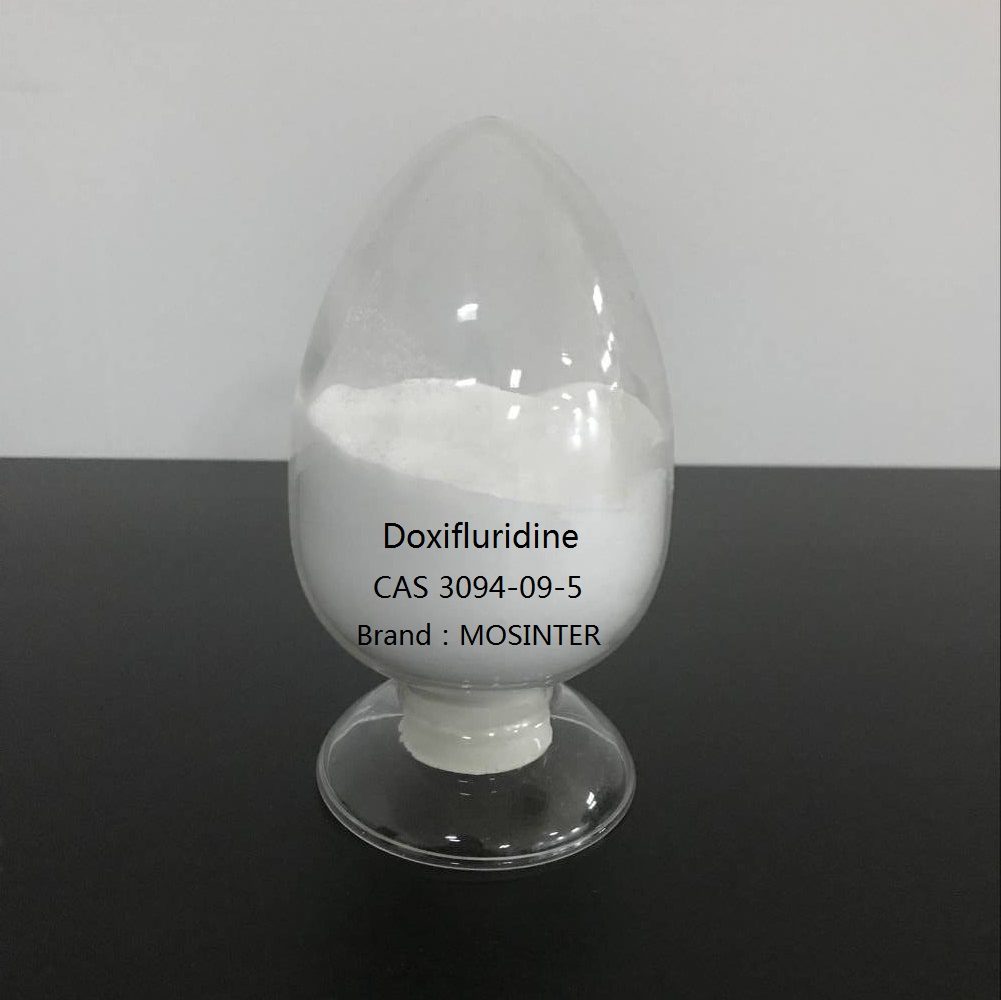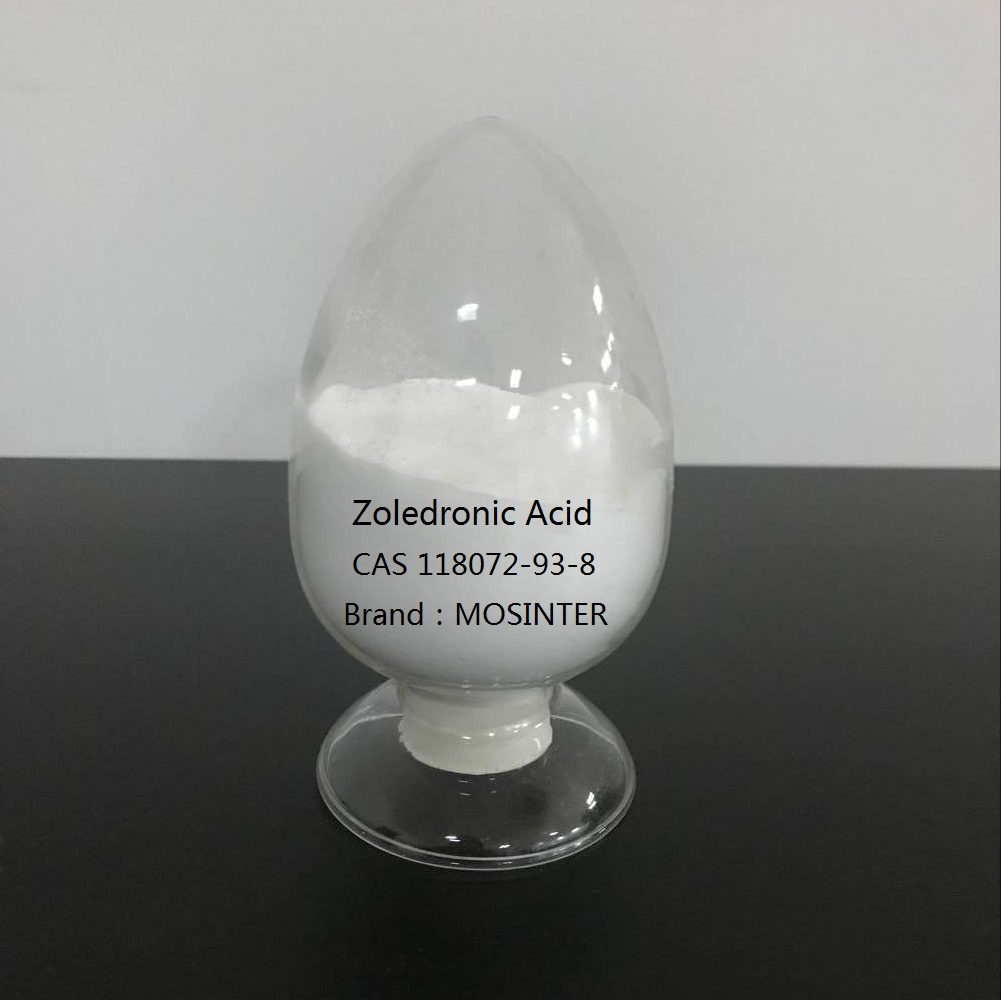- Have any questions?
- +86-189 8930 5995
- sales@mosinterchem.com.cn
Cisplatin CAS 15663-27-1

Doxorubicin hydrochloride CAS 25316-40-9
19/12/2018
Dactinomycin CAS 50-76-0
19/12/2018| Model: | MOS 15663-27-1 |
| Brand: | MOSINTER |
| Molecular Formula: | Cl2H6N2Pt |
| Specification: | CP/USP/EP |
| Density: | 3,7 g/cm3 |
| Molecular Weight: | 300.05 |
| Appearance: | Yellow crystalline |
| Soluble: | <0.1 g/100 mL at 19 ºC |
| Melting Point: | 340 °C (dec.)(lit.) |
Cisplatin (CAS: 15663-27-1)
| Item | Index |
| Molecular Formula | Cl2H6N2Pt |
| Molecular Weight | 300.05 |
| Specification | CP/USP/EP |
| Appearance | Yellow crystalline |
| Melting point | 340 °C (dec.)(lit.) |
| Density | 3,7 g/cm3 |
Cisplatin, cisplatinum, or cis-diamminedichloroplatinum(II)(CDDP) is a chemotherapy drug.
It was the first member of a class ofplatinum-containing anti-cancer medicine, which now also
includes carboplatin and oxaliplatin. These platinum complexes react in vivo, binding to and causing
crosslinking of DNA, which ultimately triggers apoptosis (programmed cell death).
Usage
Cisplatin is administered intravenously as short-term infusion in normal saline for treatment of solid
malignancies. It is used to treat various types of cancers, including sarcomas, some carcinomas
(e.g. small cell lung cancer, and ovarian cancer), lymphomas, and germ cell tumors. It is used in
combinations with bleomycin and vinblastine in testicular cancer.
Cisplatin is particularly effective against testicular cancer; the cure rate was improved from 10% to 85%.
In addition, Cisplatin is used in Auger therapy.
Mechanism of action
Following administration, one of the chloride ligands is slowly displaced by water (an aqua ligand), in a
process termed aquation. The aqua ligand in the resulting [PtCl(H2O)(NH3)2]+ is itself easily displaced,
allowing the platinum atom to bind to bases. Of the bases on DNA, guanine is preferred. Subsequent to
formation of [PtCl(guanine-DNA)(NH3)2]+, crosslinking can occur via displacement of the other chloride
ligand, typically by another guanine. Cisplatin crosslinks DNA in several different ways, interfering with
cell division by mitosis. The damaged DNA elicits DNA repair mechanisms, which in turn activate apoptosis
when repair proves impossible. In 2008, researchers were able to show that the apoptosis induced by cisplatin
on human colon cancer cells depends on the mitochondrial serine-protease Omi/Htra2. Since this was only
demonstrated for colon carcinoma cells, it remains an open question if the Omi/Htra2 protein participates in
the cisplatin-induced apoptosis in carcinomas from other tissues.
Most notable among the changes in DNA are the 1,2-intrastrand cross-links with purine bases. These include
1,2-intrastrand d(GpG) adducts which form nearly 90% of the adducts and the less common 1,2-intrastrand
d(ApG) adducts. 1,3-intrastrand d(GpXpG) adducts occur but are readily excised by the nucleotide excision
repair (NER). Other adducts include inter-strand crosslinks and nonfunctional adducts that have been postulated
to contribute to cisplatin’s activity. Interaction with cellular proteins, particularly HMG domain proteins, has also
been advanced as a mechanism of interfering with mitosis, although this is probably not its primary method of action.
Note that although cisplatin is frequently designated as an alkylating agent, it has no alkyl group and so cannot carry
out alkylating reactions. It is correctly classified as alkylating-like.
Cisplatin resistance
Cisplatin combination chemotherapy is the cornerstone of treatment of many cancers. Initial platinum
responsiveness is high but the majority of cancer patients will eventually relapse with cisplatin-resistant
disease. Many mechanisms of cisplatin resistance have been proposed including changes in cellular uptake
and efflux of the drug, increased detoxification of the drug, inhibition of apoptosis and increased DNA
repair.Oxaliplatin is active in highly cisplatin-resistant cancer cells in the laboratory; however, there is little
evidence for its activity in the clinical treatment of patients with cisplatin-resistant cancer.The drug paclitaxel
may be useful in the treatment of cisplatin-resistant cancer; the mechanism for this activity is unknown.
Transplatin
Transplatin, the trans stereoisomer of cisplatin, has formula trans-[PtCl2(NH3)2] and does not exhibit a
comparably useful pharmacological effect. Its low activity is generally thought to be due to rapid deactivation
of the drug before it can arrive at the DNA.[citation needed] It is toxic, and it is desirable to test batches of
cis-platin for the absence of the trans isomer. In a procedure by Woollins et al., which is based on the classic
‘Kurnakov test’, thiourea reacts with the sample to give derivatives which can easily be separated and
detected byHPLC.
You must be logged in to post a review.








Reviews
There are no reviews yet.